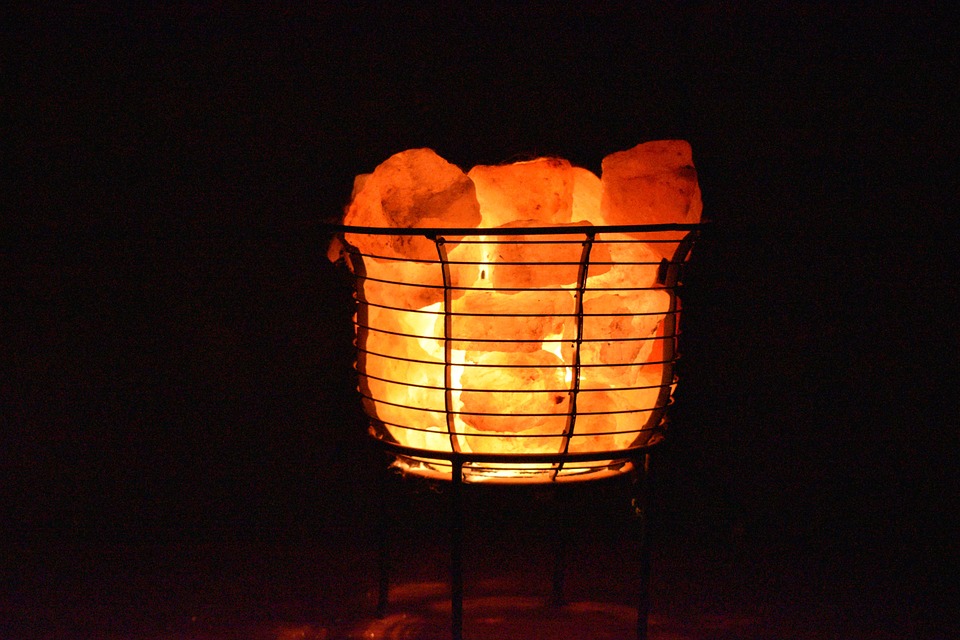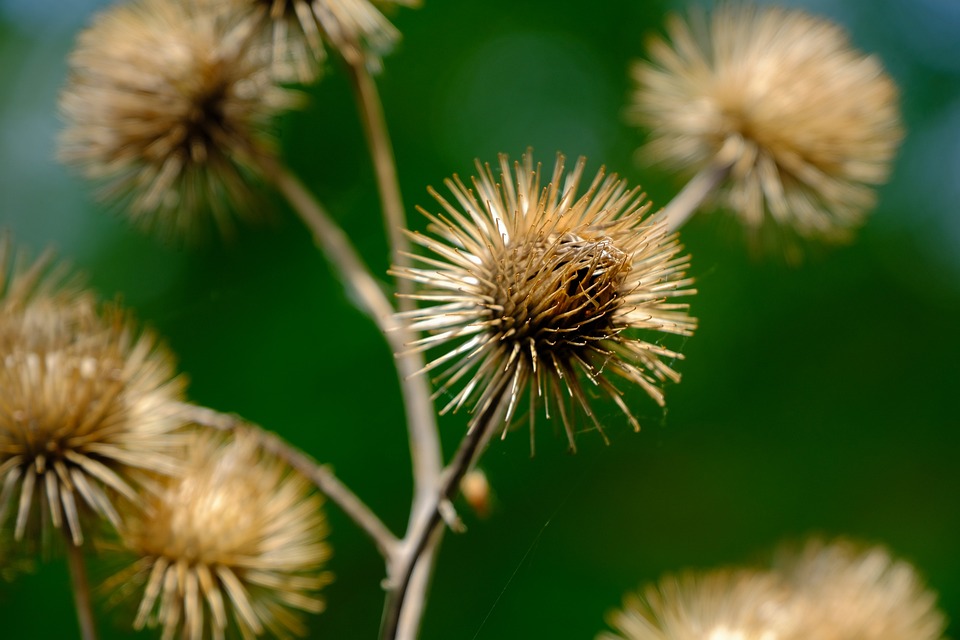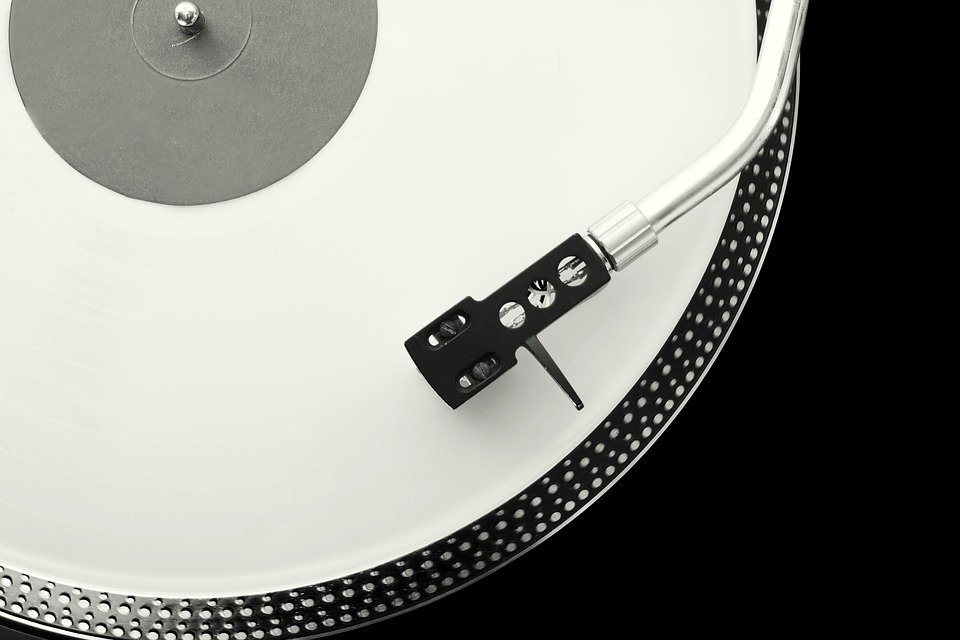
What are the potential benefits of a salt lamp, and how does it operate? A genuine salt crystal lamp from the Himalayas is a solid chunk of Himalayan salt that has been dug out by hand and potentially gives health advantages with the heating of the salt molecules when the lamp is switched on.
What is Himalayan salt? The exclusive source of authentic Himalayan pink salt is located in Khewra, Pakistan, which lies in the western part of the Himalayan Mountains. The mineral is mined from deep underground. The color of Himalayan salt lamps varies from a faint pink to an orange-tinged pink crystal, the intensity of the color depending on the amount of minerals it contains.
A light bulb is situated in the middle of this hunk of salt, releasing warmth and illumination. A salt lamp is not truly a lamp unless it contains a light bulb or other source of illumination and heat. Without that, it’s just a block of salt.
How It Works
Salt has the ability to draw in water molecules, as it is hygroscopic. It is widely believed that a Himalayan salt lamp, due to its weighty size, works by attracting water molecules. This water vapor may also transport indoor air impurities such as mold, bacteria, and substances that induce allergies.
When the steam from the water meets up with the salt lamp, it is assumed that the contaminants will remain held back by the salt. Since the lamp is warmed up, the salt dehydrates and is able to keep on repeating the pattern of enticing water vapor and impurities, liberating the water vapor back into the atmosphere yet clinging onto the risky-to-health pollutants.
What is the effect of simply gazing upon the luminescence of a Himalayan sea salt lamp, and what are the other purported benefits attributed to it? No research has been completed up to this point that looks exclusively into the advantages of lamps made from Himalayan salt crystals.
It seems reasonable to assume that there may be some health advantages from getting a genuine Himalayan salt crystal light, based on what other salt studies have uncovered and on the numerous favorable accounts from people who have already bought one.
According to the Lung Institute, salt (in general) has the following health properties:
- Antibacterial
- Anti-inflammatory
- Loosens excessive mucus and speeds up mucociliary transport
- Removes pathogens (ie., airborne pollen)
- Reduces IgE level (immune system oversensitivity)
Do Salt Lamps Really Generate Negative Ions?
Many sources claim that salt lamps are natural negative ion generators, although there are some important points to understand:
What are negative ions?
At any point in time, there are both positively and negatively charged particles in the atmosphere. As a flashback to freshman science class:
An ion is an atom or molecule which has an imbalance between protons and electrons, resulting in the atom having a net positive or negative electrical charge.
Cations are referred to as ions with a positive charge, and anions are ions possessing a negative charge. The presence of either a positive or a negative electrical charge makes ions easy to move around and bond.
Negative Ions in Nature
Negative ions can be found in abundance in nature, and they are generated by such natural phenomena as lightning, sunlight, cascading waterfalls, or rippling ocean waves. Moving water is believed to be one of the strongest suppliers of negative ions from the natural world, which could be part of the reason why waterfalls and oceans smell so invigorating. This is why people frequently mention feeling invigorated or re-energized after a storm or having been to the shoreline.
WebMD explains some of the benefits of negative ions in the air:
Pierce J claims that having more negative ions usually causes an increase in oxygen to the brain, resulting in increased alertness, less fatigue, and more vitality. Howard, who has earned a Doctorate degree, is the author of the book The Owners Manual for the Brain: Everyday Applications from Mind Brain Research. Additionally, he is the Director of Research at the Center for Applied Cognitive Sciences located in Charlotte, North Carolina.
Masks may help guard against airborne bacteria, leading to fewer occurrences of sneezing, coughing, and throat irritation caused by the inhalation of different particles.
For about one-third of people susceptible to their capabilities, negative ions can give a delightful, elated feeling of being airborne. If you sense a sudden feeling of revitalization when you open a window and inhale the humid, crisp air, then you join their ranks.
Areas with high concentrations of negative ions, such as waterfalls and beaches, can reach up to 10,000 per cubic centimeter, while busy cities may only have a concentration of 100 negative ions per cubic centimeter.
But, Do Salt Lamps Generate Negative Ions?
Short answer: Yes. But not in large amounts.
Taking it slow in the outdoors and being around bodies of water is the best way to be engulfed by negative ions, however, if salt lamps are used regularly, small amounts of these ions can be produced as well.
Since electronic devices, e.g. computers, TVs, microwaves, and vacuum cleaners, can produce positive ions, they may make issues such as allergies, stress and difficulty sleeping worse. Negative ions can cancel out positive ions by combining with them, thus helping to purify the atmosphere. Furthermore, salt lamps provide a calm and tranquil illumination that a lot of people enjoy.
Salt Lamps ARE Hygroscopic
I previously noted that all salt has hygroscopicity, which means it draws in moisture. In a Himalayan salt lamp, the heat produced from the light source causes the water to evaporate quickly. This is the same reason why salt lamps are known to have moisture gather on them in humid areas.
Minute quantities of moisture are in the air and can support the transportation of substances such as mold, bacteria, and allergens. Salt lamps draw water vapor and its contents toward the lamp’s surface, removing them from the atmosphere. When the water vapor turns to gas, it COULD create a slight amount of negative particles.
No research has been conducted to back up the claim that salt lamps generate negative ions. It appears probable that, because of salt’s capacity to attract and retain moisture, these lamps will have a beneficial effect on the quality of the air.
The Benefits of Himalayan Salt Lamps
Salt lamps may not be the negative ion generation panacea they are made out to be, but we have them in many rooms of our house for other reasons:
1. Great Night Light and Low-Light Lamp
Studies have demonstrated that the physical body can be impacted differently by varying shades of light. My physician advises against being exposed to blue light in the evening since it has the capacity to alter your circadian timing and interfere with hormones that manage sleep.
Unfortunately, many of the devices we rely on every day such as cell phones, tablets, computers, and TVs emit a substantial amount of blue light. This makes it difficult to avoid spending most of our evenings looking directly at them.
Salt lamps produce a warm, orange-hued luminescence that is reminiscent of the light from a campfire or from a burning candle. Therefore, they are an excellent way to light up your evenings, as well as function as a night lamp without interfering with slumber.
2. May Improve Air Quality
It should be noted that salt lamps do not produce a large amount of negative ions. Nevertheless, because of their ability to absorb moisture from the air, they could have a beneficial effect on the air in other ways. In addition to providing a tranquil radiance, these lights can draw in contaminants from the atmosphere, and even reduce the consequences of electronics.
3. Light and Color Therapy Benefits
These calming lamps might help elevate feelings and vitality, particularly for those battling Seasonal Affective Disorder (SAD). Gentle orange shades are frequently utilized as a means of reducing stress and augmenting concentration. The potential benefits of tiny doses of negative ions could also be advantageous in lifting one’s spirit. Spending time outdoors would be more beneficial in experiencing the advantages of negative ions.
4. Soothing for Allergies
My brother-in-law has endured asthma and hypersensitive reactions for a good portion of his life and he was given some respite after using a salt inhaler made from the Himalayan region. People who have salt lamps in their dwellings or workplaces have been noticed to have a marked change. There is a lot of testimony from people with allergies, but there is no scientific research to explain the reasons behind it.
Real vs. Fake Himalayan Salt Lamps
Wondering where to buy Himalayan salt lamps? You can find them easily online and in stores. But unfortunately, a Himalayan salt lamp hoax is possible.
It has been reported that there are multiple methods of identifying if your salt lamp is genuine. Sadly, you won’t find out certain traits of the Himalayan salt lamp unless you examine reviews closely or, in a worst-case scenario, have already been utilizing it in your home for a bit of time (so store your receipt!).
The top signs that your Himalayan salt lamp is fake include:
1. Poor Return Policy
It is understandable that genuine Himalayan salt lamps are breakable since they are made out of salt. A competent producer understands the potential of items being harmed while they are being shipped and therefore has flexible return policies.
If a producer of salt lamps has an extremely strict policy, such as not accepting returns, one might question whether it is a fraudulent business. Some fraudulent retailers can be aware that they are not offering genuine items, which may lead to them not allowing any refunds.
2. Highly Durable
I just mentioned that Himalayan salt lamps are delicate. If you possess a salt crystal, caution should be taken to ensure you do not drop it or hit it against any other hard surfaces, as the material can be easily damaged.
This is an unusual situation in which longevity is not desired. If your salt lamp is not damaged from a collision, it is probably not genuine.
3. Very Bright Light
If you’re on the quest for the top Himalayan salt lamp, it won’t give off too much luminosity. A salt lamp does not provide an adequate source of illumination. The bulbs in Himalayan salt lamps are small and not capable of producing a great amount of illumination (they generally require 25-watt bulbs to operate).
However, even more noteworthy, Himalayan pink salt lamps produce brightness in a muted and sporadic way, due to the many minerals found within them. A genuine pink salt lamp is not bright enough to fully light up a space. If your item does not have genuine markings, then it is probably not genuine.
4. Inexpensive White Crystal
Himalayan salt lamps typically provide a soft reddish or orange-colored glow. A very uncommon and expensive variety of Himalayan salt lamps exists which is white, compared to more common and cheaper colored options.
If you discover a white salt crystal light that’s not ridiculously priced more than the pink/orange editions, try not to buy it since it might be a fake. The authenticity of a blue Himalayan salt lamp is questionable, so it’s best to steer clear of that type.
(Sidenote: If you’re wondering, why is my salt lamp turning white? If you have a legitimate Himalayan crystal salt lamp then one explanation is that as the water lands on the surface of the lamp, it causes some of the ionic crystalline structure of the salt to break down, and then when the water evaporates, the ionic bonds will reform again as the solution turns back into salt. So the more you use the lamp, the more white crystals may accumulate.)
5. No Mention of Pakistan
The only way to obtain genuine Himalayan pink salt is through subterranean mines in Khewra, Pakistan. A genuine Himalayan pink salt crystal must be utilized to craft an authentic Himalayan salt lamp.
If you want to determine whether or not your Himalayan salt lamp is authentic, look to see if it states that the salt crystals are from Pakistan. Enquire with the creator of the lamp about where the salt came from, remembering that it might simply indicate the place in which the lamp was constructed.
6. Moisture-Resistant
People wonder, do Himalayan salt lamps actually work? If they are going to be constructed from actual salt rocks, they will not be moisture-proof.
Salt crystals have the capacity to absorb water. If your salt lamp is not adversely affected by being close to a damp area (such as a shower), this is a strong indication that it is not genuine. A genuine salt lamp will become damp if it is exposed to humidity.
7. Not Experiencing Any Benefits
If you have purchased the correct size of Himalayan salt lamp for the area you have put it in and have been around it regularly yet have not seen any beneficial results, then you may have an illegitimate product.
Why Someone Might Use a Salt Lamp
While salt lamps are controversial in whether or not they actually truly work, if you read a Himalayan salt lamp review, you’ll often find people enjoying salt lamps that are dealing with one or more of the following health concerns:
- Stress
- Depression
- Anxiety
- Allergies
- Breathing problems like asthma
When it comes to buying Himalayan pink salt lamps, consider the size of the space you plan to put them in. The extent of the area affected by a salt lamp is decided by the dimensions of the salt crystal.
If you are looking to put a Himalayan Salt Lamp in a room, you’ll want to select a size based on the room’s size. For a standard bedroom, a smaller lamp would typically be enough, but if you have a spacious living space you should go for a larger one.
It takes approximately one pound of salt rock for each 16-square-foot area (an area that is four feet by four feet) to effectively remove contaminants from the air. You can have more than one salt lamp in a room if it is necessary. They act as beautiful soft lights as well.













